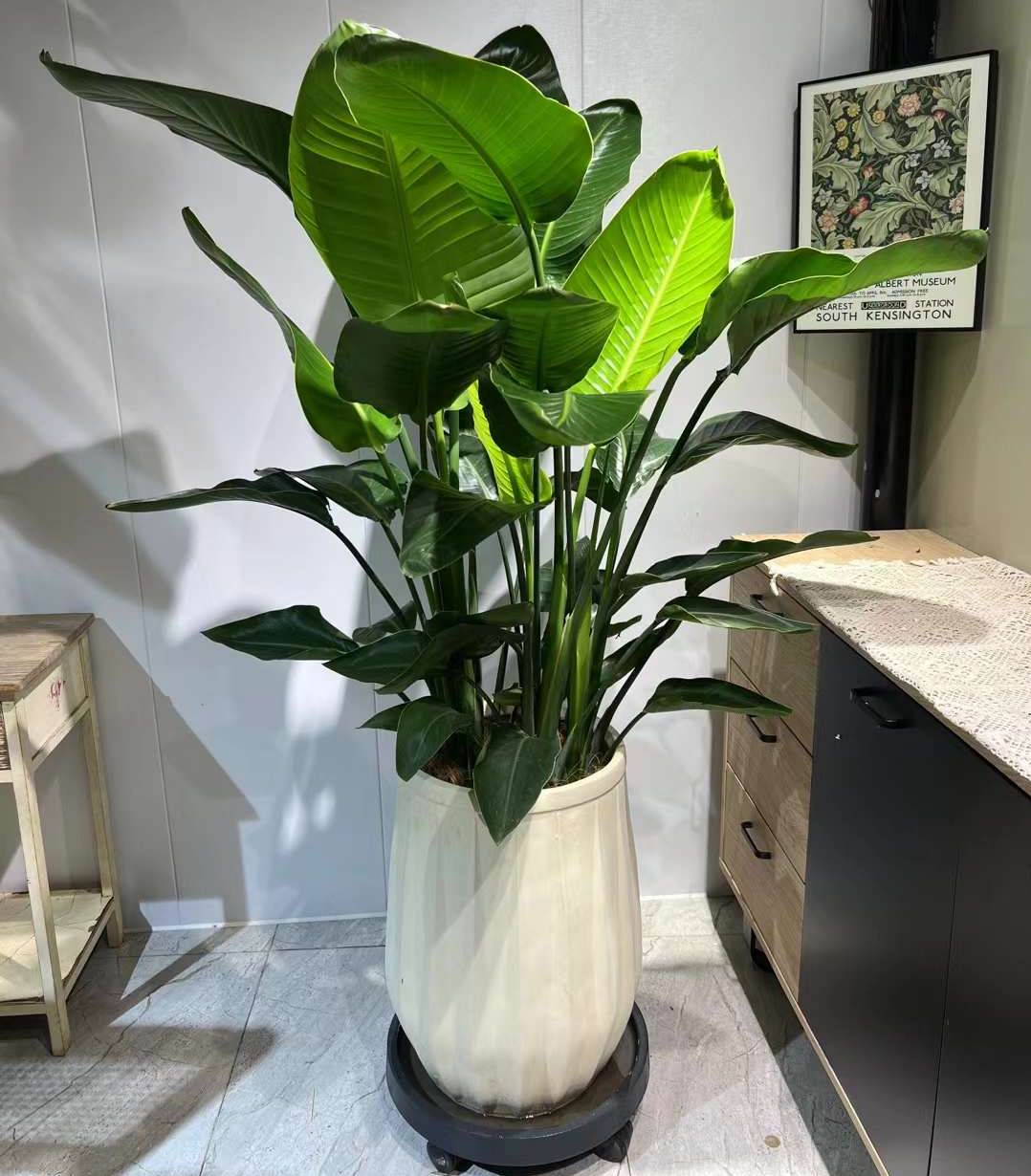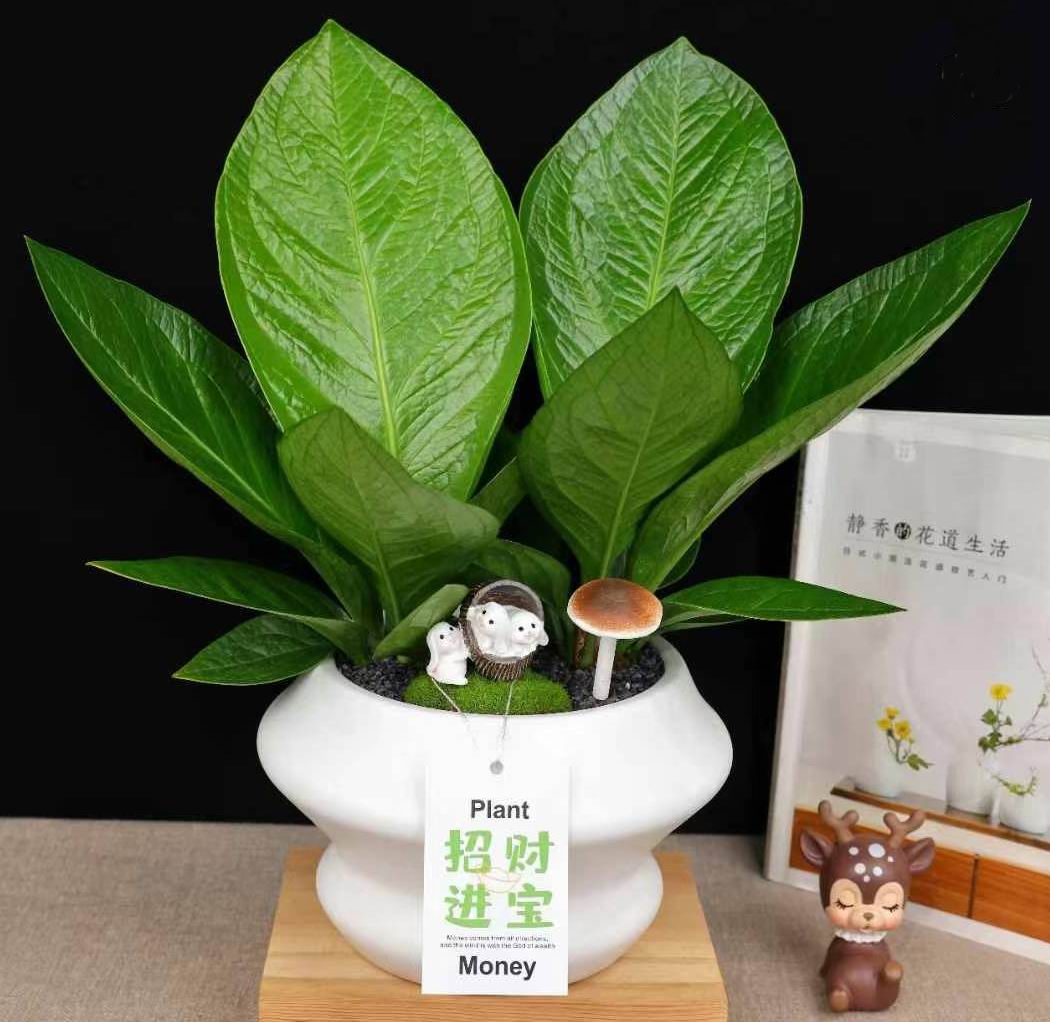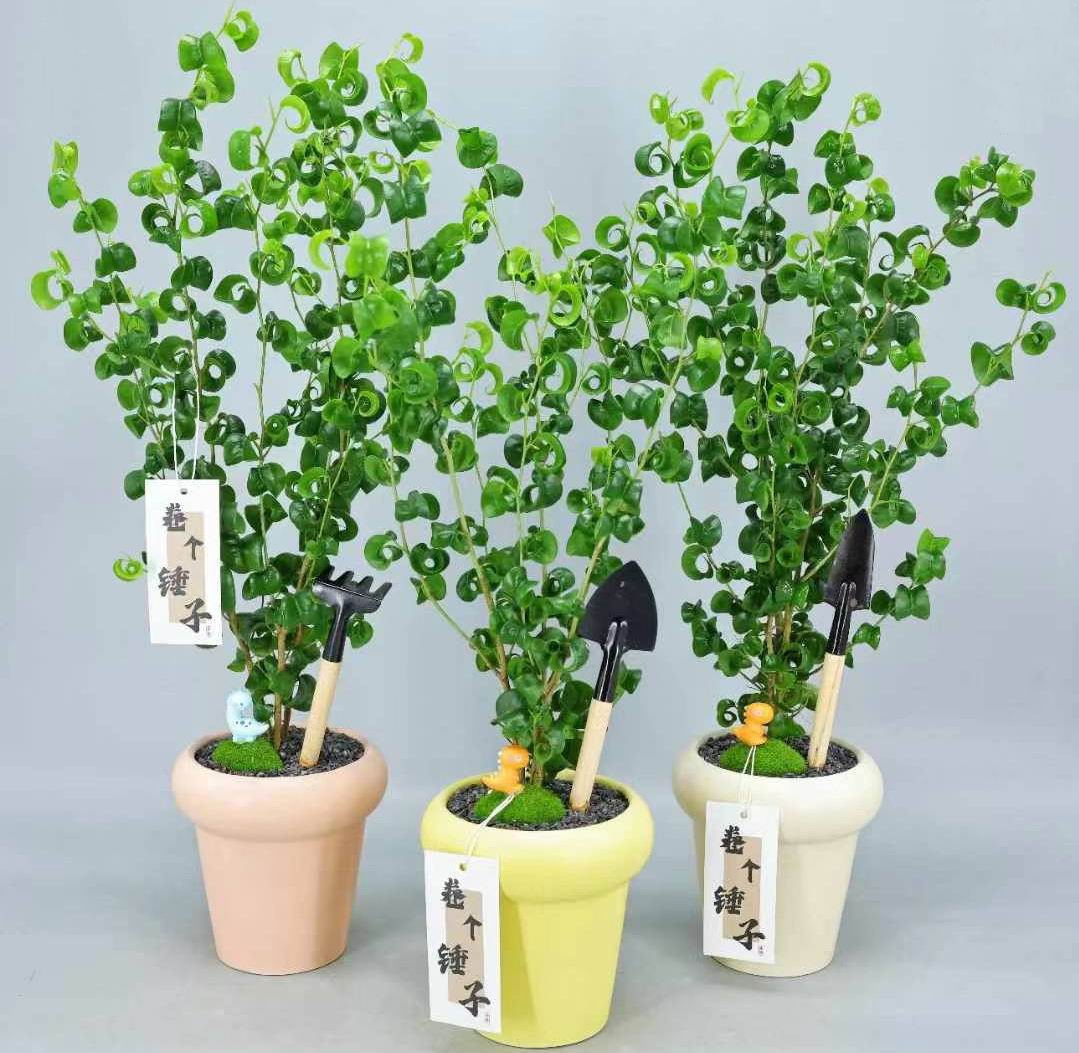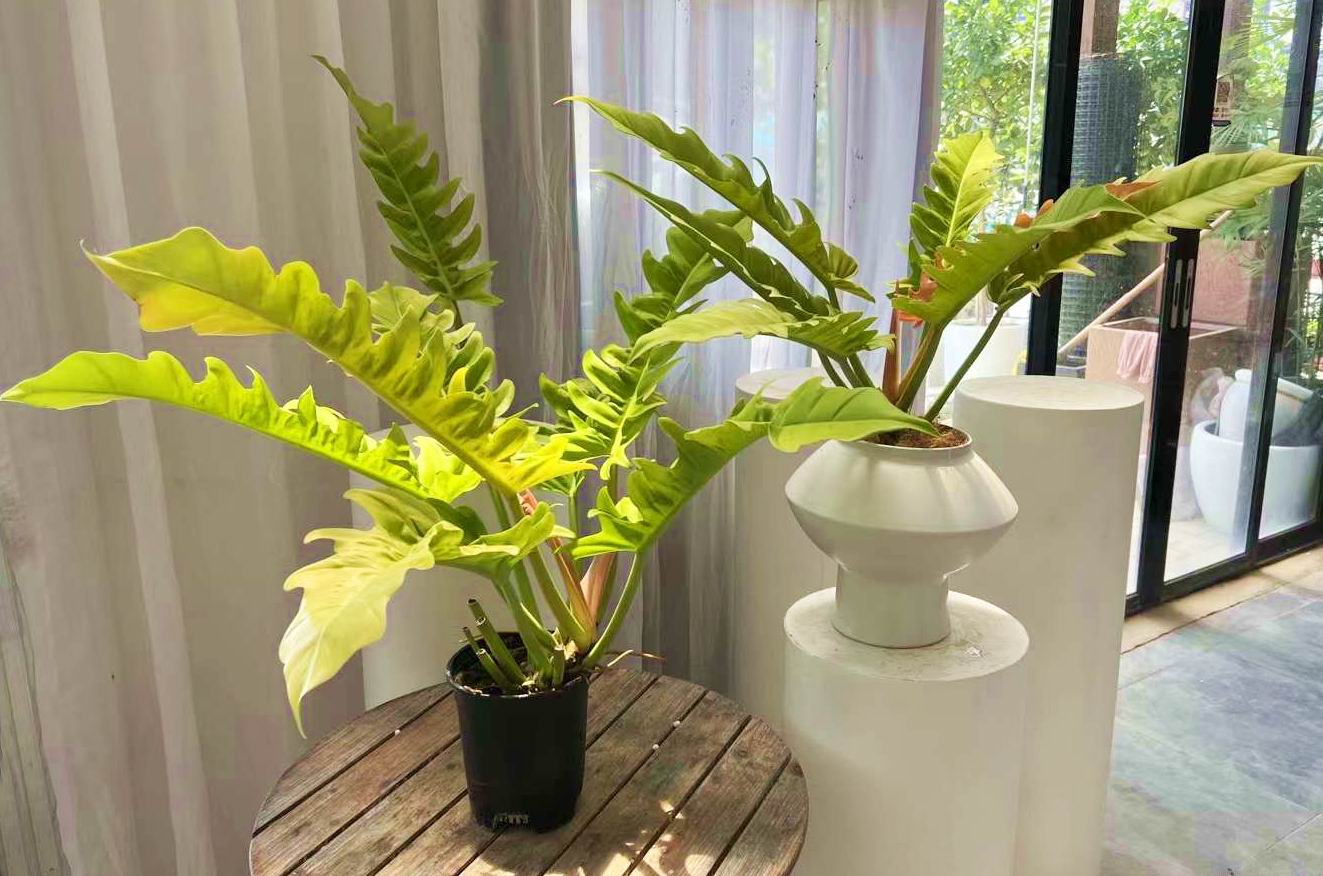In the realm of botanical wonders, few plants evoke as much mystery, allure, and ancient fascination as the Dracaena Draco, commonly known as the Dragon Tree. With its umbrella-like canopy, gnarled trunk, and crimson sap that resembles dragon’s blood, this extraordinary tree has been steeped in myth and magic for centuries. From its origins in the Canary Islands to its role in ancient rituals and modern landscaping, the Dragon Tree is a living testament to nature’s ability to inspire awe and wonder.
The Origins of the Dragon Tree
The Dragon Tree, or Dracaena Draco, is native to the subtropical regions of the Canary Islands, Cape Verde, and Madeira. Its striking appearance—featuring a thick, scaly trunk and a crown of sword-like leaves—has earned it a place in the imaginations of explorers, botanists, and storytellers alike. The tree’s scientific name, Dracaena, is derived from the Greek word drakaina, meaning “female dragon,” a nod to its mythical associations.
One of the most remarkable features of the Dragon Tree is its longevity. Some specimens are believed to be over 1,000 years old, with the most famous example being the Drago Milenario in Tenerife, Spain. This ancient tree, estimated to be between 600 and 800 years old, stands as a living relic of a bygone era, its twisted branches and weathered bark telling stories of centuries past.
The Myth of Dragon’s Blood
The Dracaena Draco’s most captivating feature is its sap, which turns a deep, blood-red color when exposed to air. This resin, known as “dragon’s blood,” has been the subject of countless legends and myths throughout history.
In ancient times, dragon’s blood was believed to possess magical properties. The Romans and Greeks used it as a dye, a medicine, and even an ingredient in alchemical rituals. According to one legend, the Dragon Tree was born from the blood of a hundred-headed dragon slain by Hercules during his twelve labors. The tree’s red sap was said to be the dragon’s blood, forever flowing as a reminder of the creature’s defeat.
In medieval Europe, dragon’s blood was highly prized for its supposed healing powers. It was used to treat everything from wounds and infections to digestive ailments and even as a love potion. Alchemists believed it could grant immortality, while artists used it as a vibrant pigment for their masterpieces.
The Dracaena Draco in Folklore and Culture
The Dragon Tree’s mystical aura has made it a prominent figure in folklore and cultural traditions around the world. In the Canary Islands, where the tree is most commonly found, it is considered a symbol of strength, resilience, and protection. The Guanches, the indigenous people of the Canary Islands, revered the Dragon Tree as sacred and used its sap in religious ceremonies.
In Chinese culture, the Dracaena Draco is associated with good fortune and prosperity. Its striking appearance and long lifespan make it a popular choice for feng shui enthusiasts, who believe it brings positive energy and harmony to any space.
The tree’s association with dragons—a universal symbol of power, wisdom, and mystery—has also cemented its place in global mythology. From the fiery dragons of European folklore to the benevolent dragons of East Asian tradition, the Dragon Tree serves as a bridge between the natural and the supernatural, the earthly and the divine.
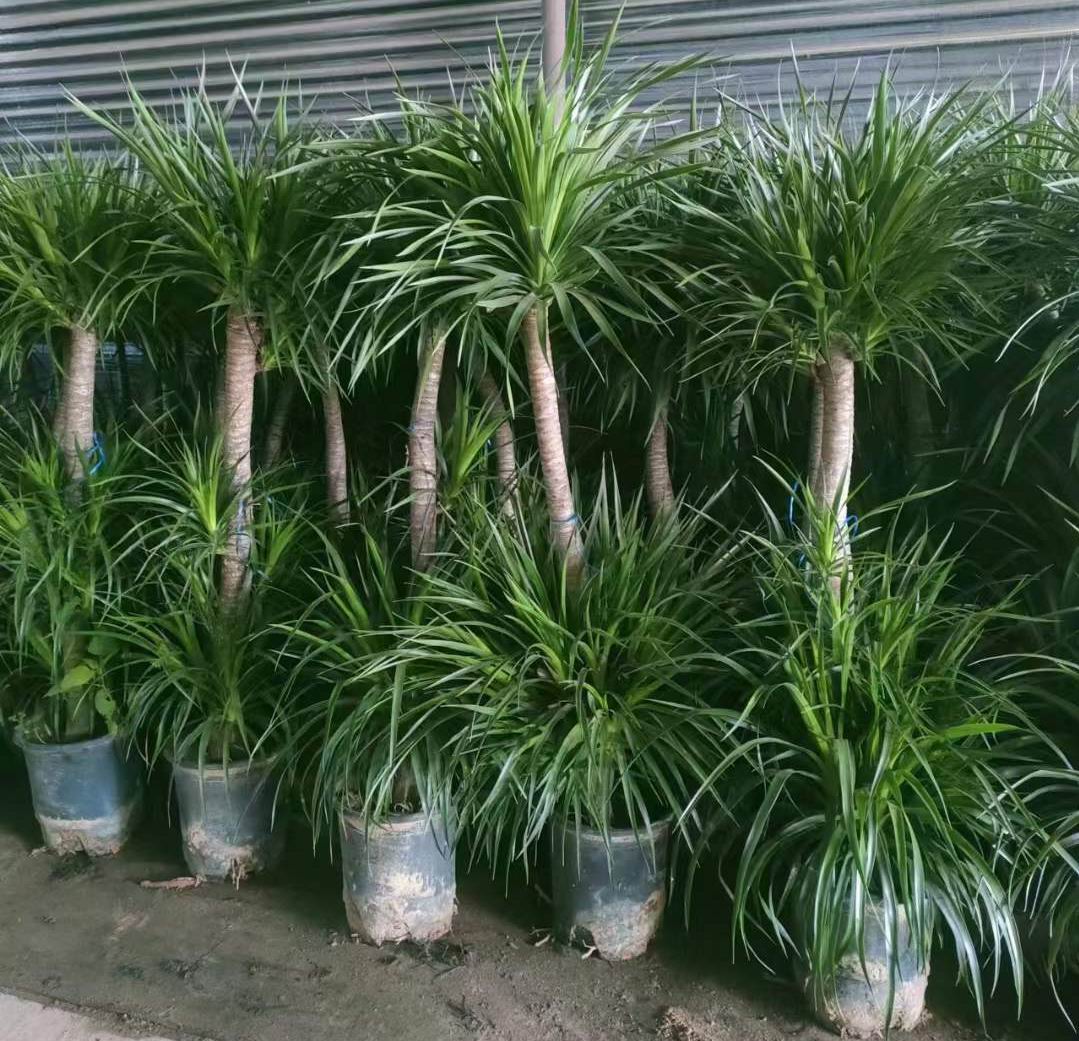
The Science Behind the Magic
While the legends surrounding the Dracaena Draco are undeniably enchanting, the science behind this remarkable plant is equally fascinating. The tree’s unique appearance and longevity are the result of its slow growth rate and ability to adapt to harsh environments.
The Dragon Tree’s trunk is not made of wood but of a fibrous material that allows it to store water, making it highly drought-resistant. This adaptation enables the tree to thrive in arid, rocky landscapes where few other plants can survive. Its crown of leaves, which grow in a dense rosette pattern, helps to minimize water loss and maximize sunlight absorption.
The tree’s red sap, or dragon’s blood, is a form of resin that serves as a natural defense mechanism. When the tree is injured, the resin seals the wound, protecting it from infection and pests. This remarkable ability to heal itself has only added to the tree’s mystique, reinforcing its reputation as a symbol of resilience and renewal.
The Dragon Tree in Modern Times
Today, the Dracaena Draco continues to captivate people around the world, not only for its beauty and symbolism but also for its versatility. It is a popular choice for landscaping, thanks to its striking appearance and low maintenance requirements. Whether planted as a solitary specimen or used to create a tropical oasis, the Dragon Tree adds a touch of exotic elegance to any garden or indoor space.
In addition to its ornamental value, the Dragon Tree has practical uses as well. Its sap is still used in traditional medicine and natural dyes, while its leaves are sometimes woven into baskets and other crafts. The tree’s ability to purify the air has also made it a favorite among indoor plant enthusiasts, who appreciate its ability to create a healthier, more vibrant living environment.
Growing Your Own Dragon Tree
For those inspired to bring a piece of this ancient legend into their own homes, growing a Dracaena Draco is a rewarding experience. While it may take years—or even decades—for the tree to reach its full size, its slow growth only adds to its charm.
To grow a Dragon Tree, start with a well-draining soil mix and place it in a sunny location. Water sparingly, allowing the soil to dry out between waterings, and avoid overwatering, as this can lead to root rot. With proper care, your Dragon Tree will thrive, becoming a living testament to the enduring magic of this extraordinary plant.
Conclusion: A Living Legend
The Dracaena Draco is more than just a plant; it is a living legend, a symbol of the enduring connection between nature and myth. From its ancient origins to its modern-day appeal, the Dragon Tree continues to inspire awe and wonder, reminding us of the magic that exists in the natural world.
Whether you encounter a Dragon Tree in the wild, in a botanical garden, or in your own backyard, take a moment to appreciate its beauty and the stories it carries. For in the gnarled trunk and crimson sap of the Dracaena Draco, you will find a timeless tale of myth, magic, and the enduring power of nature.

